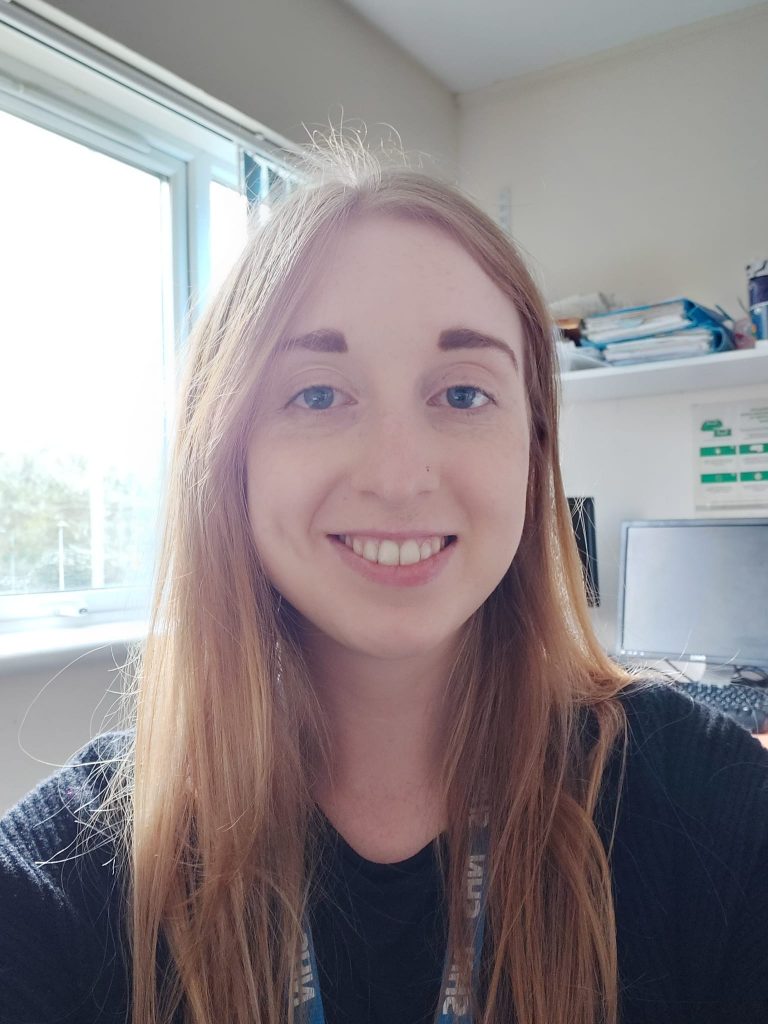‘That’s how we’ve always done it’ – why AHSNs hold a powerful role for staff and patients
July 7, 2022As part of the NHS Graduate Management Training Scheme, Ellie Boden spent eight weeks working at the Health Innovation Network. Here she describes what that taught about the role of AHSNs.
At one point or another, I think all of us have heard the phrase ‘that’s how we’ve always done it’, which can be annoying at best and dangerous at worst. Enabling change in the NHS can be a difficult and lengthy process and the formation of the AHSNs were set up with the aim of tackling this challenge.
This means the HIN is in a position to look at a service with a fresh perspective and question why it’s always been done a certain way. By sitting separately to hospitals and community trusts, the HIN can help partner organisations to take a step back from the fire fighting and develop a headspace in which opportunities for change can be considered.
This may appear indulgent, but it is vital in the process of innovation and improvement, allowing care providers to think differently and collaborate. And by driving the spread and adoption of innovation, the HIN can improve health outcomes for patients and drive economic growth. Whether this be technology or service redesign, I saw changes move quickly due to the vast network of stakeholders with which the HIN has formed relationships.
It’s important to recognise that lots of our colleagues in transformation teams closer to the frontline also want to implement change. Yet, they may struggle to do so due to multiple barriers, which is why the work that AHSNs do is so important. HIN colleagues are the enablers and facilitators of change – they may not implement the change on the ground, but they support those on the frontline to do so. Since working at the HIN, I have seen first-hand the strong relationships that each team has with key stakeholders. That these relationships help the HIN to influence organisational change is one of its biggest strengths.
Although the HIN consistently demonstrates its ability to facilitate change, it can still come up against challenges as an AHSN. It can be difficult to determine the impact of an AHSN – wicked problems make it harder to measure tangible benefits of changes. Furthermore, the complex steps between engaging with teams to introducing a transformation that leads to service improvement, can make the impact unclear. In addition, it can be tricky to convince a team to introduce new innovations, even more so during the pandemic.
Yet AHSNs are the solution – crisis creates innovation at a time when the NHS needs it even more and these changes, particularly regarding digital technology, will be a necessity for the healthcare system moving forwards.
With the HIN being such a unique organisation, working with them may be a good choice for organisations needing additional support. The breadth of skill and expertise that exists, along with strong relationships throughout the system and an ability to be flexible, creates an organisation that would make an excellent partner.
As a Graduate Management Trainee, working at the HIN provided me with insight into an area of the NHS I had no former knowledge of. The opportunity to be challenged and yet supported made the HIN a fantastic placement experience and I would highly recommend it to graduate trainees seeking similar opportunities.



